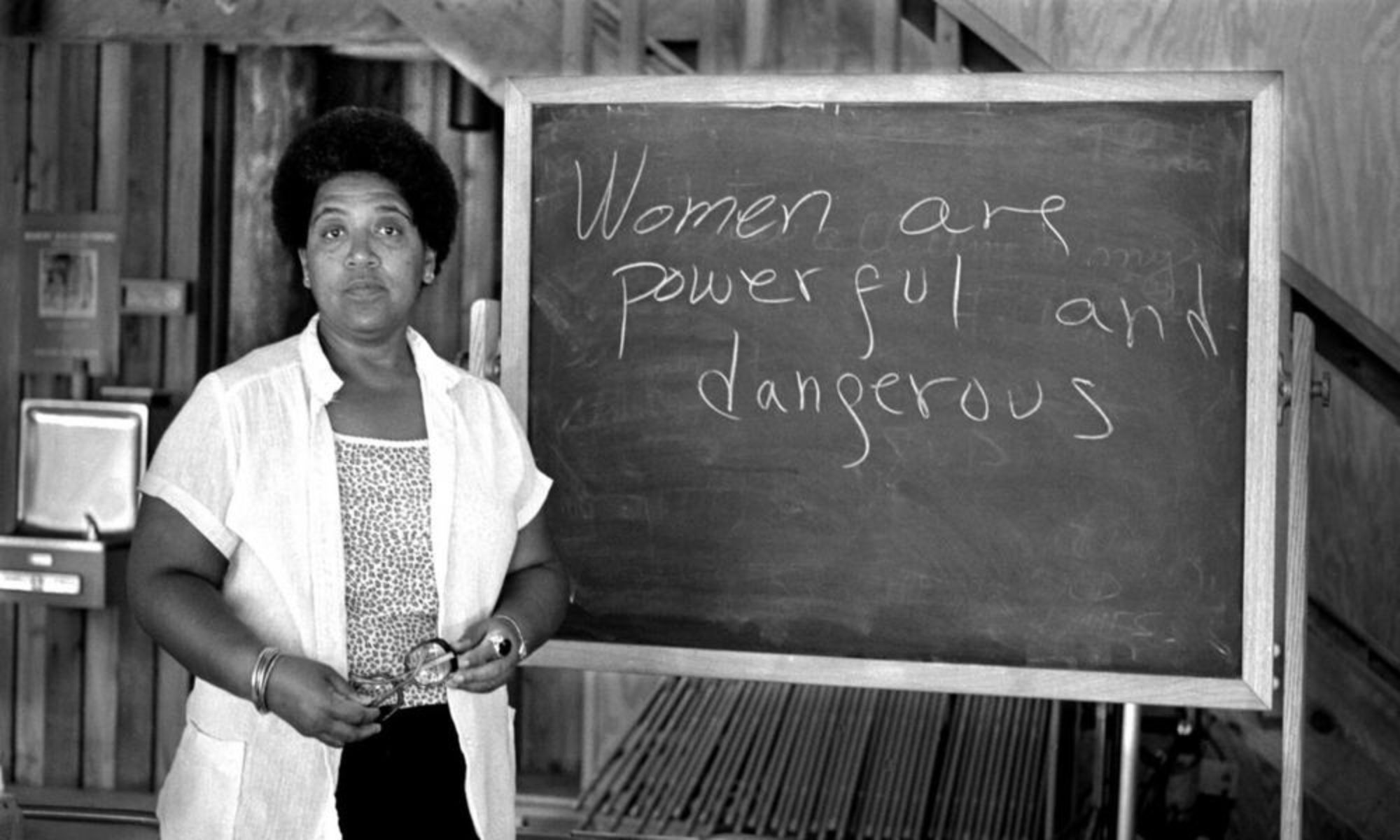
The Toni Morrison book that I read is titled, “The Bluest Eye”. Published in 1970, the novel follows the life of an African American girl named Pecola. Set in Morrison’s home town of Lorain, Ohio, Pecola faces a world of discrimination because of her dark skin. She considers that her features are ugly and unfeminine, often comparing herself to the likes of Shirley Temple believing white features are the most beautiful. Pecola lives a volatile life. Her dad is an alcoholic and her mother is detached from her family. When Pecola’s mother, Pauline, is around, her parents go at one another, violently. Sammy, her brother, often runs away as a result of the domestic instability. If she had blue eyes and light skin, Pecola believes, that she would be treated better and loved by her parents and people around her; though her environment reaffirms the beliefs she holds against herself—that she is ugly. Pecola is often teased by the neighborhood boys, her friend Maureen (who has light skin) often makes fun of her and when she is blamed for killing a boy’s cat, his mother calls Pecola a “nasty little black bitch”.
Later on, it is told that Pecola’s parents also lived hard lives. Pecola’s mother works for a white woman and enjoys this work because she loves the home and hates her own. She has always felt withdrawn from her family. Pecola’s father, Cholly, was abandoned as a child and tried to find his father only to be rejected by him. He feels trapped in his marriage. As Pecola washes dishes, her father Cholly takes advantage of her and rapes her out of frustration. When her mother Pauline arrives home, Pecola tells her mother what happened but beats her because she thinks she is lying. After the incident, Pecola finds out that she is pregnant with her father’s child. Her friends try their best to advocate for the baby’s survival because the rest of the neighborhood believe the baby should die. During the birth of her child, Pecola’s baby dies. Cholly rapes Pecola a second time and his guilt drives him to run away and he ends up dying in a warehouse.
To connect with “Playing in the Dark”, both stories relate in ways of determining beauty which usually means whiteness. Both stories discuss characters who view whiteness as superior and their own colorful beauty as ugly and unpleasant.




Wow. Reading this made me want to read this book. It’s deep but, it’s literally reality for some young girls. I love that Morrison uses her writing as a way to shed light on the issues faced within the African American community that can sometimes go swept under the rug. This was a great read. Also, where did you find the “Playing in the Dark” reading? I wasn’t able to find the excerpt to draw a comparison but, it seems like the themes of many of Morrison’s stories can be intertwined. Great read!
I’m not sure if you found it already but if you scroll to the bottom of this page, you can scroll to the “readings” section under the “class blog posts” box. From there you will be redirected and you can scroll down to week 14 and it should be there. Also, I am glad you enjoyed my post.